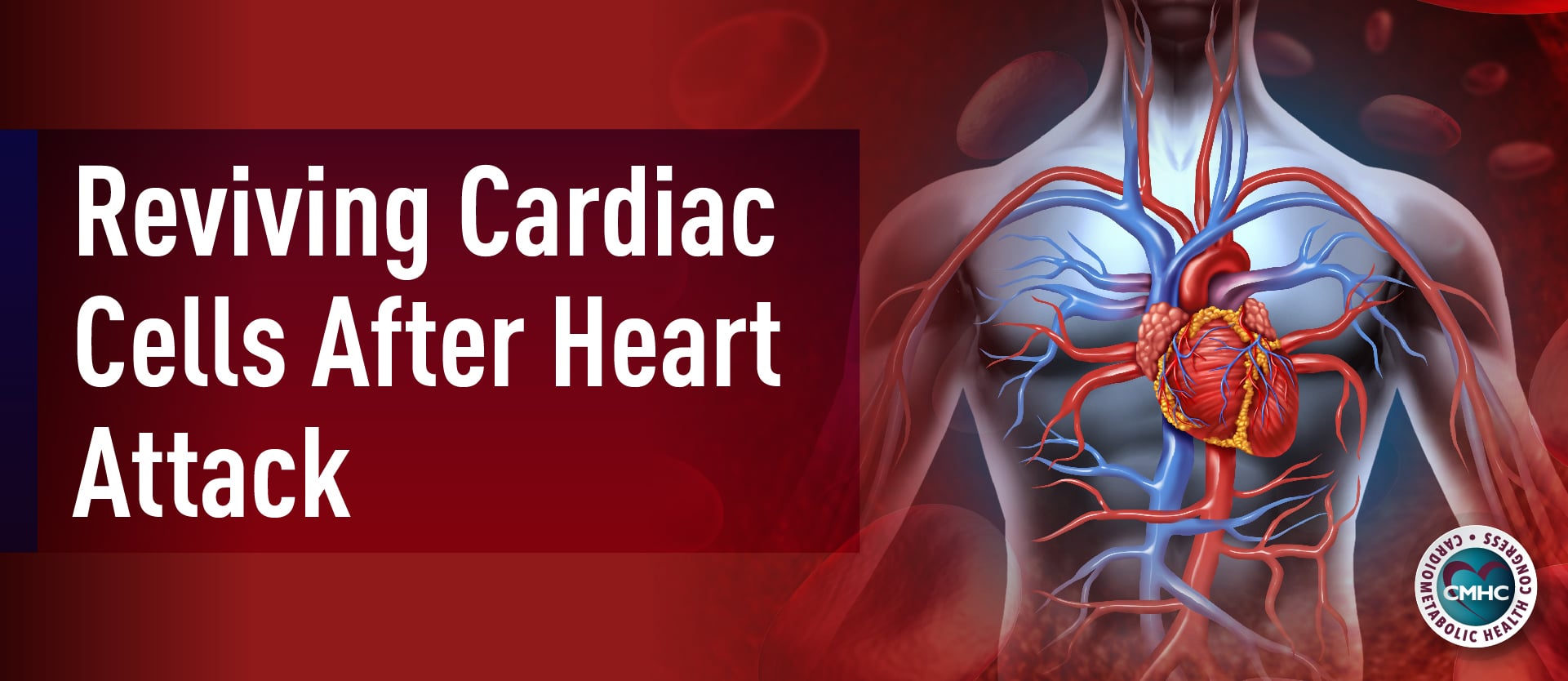Used in the treatment of autoimmune and neurodegenerative diseases, cancer, and tissue injuries, the potential healing power of extracellular vesicles (EVs) may have beneficial implications for the treatment of cardiovascular conditions as well. The nanometer-sized messengers travel between cells with the capacity to revive cells after myocardial infarction, keeping them functioning while deprived of oxygen during a heart attack. While extracellular vesicles derived from stem cells have been shown to help recover heart cells following heart attacks, the underlying mechanisms and the scope of their beneficial effects remain to be understood.
Reviving Cells with Extracellular Vesicles
The process of restoring blood flow halted by myocardial infarctions may cause unwanted adverse events such as ischemia-reperfusion injury (IRI) or reoxygenation injury. “The cellular response to IRI involves multiple mechanisms, such as calcium and proton overload, oxidative stress, mitochondrial dysfunction and more,” Moran Yadid, a postdoctoral fellow at SEAS and The Wyss Institute for Biologically Inspired Engineering and first author of the study told ScienceDaily. “This complex set of processes poses a challenge for the development of effective therapies that can address each of these problems.”
A potential therapeutic method is the use of endothelial-derived EVs (EEVs), derived from vascular tissue which are uniquely attuned to hypoxic stress. These vesicles may have the potential to provide direct protection of the cardiac muscle, a team of researchers from the Harvard John A. Paulson School of Engineering and Applied Sciences hypothesized in their recent study.
EEV Functionality
The team of researchers mapped an entire set of EEV proteins that either are or can be expressed by the vesicles. Using a heart-on-a-chip model developed by Disease Biophysics Group at SEAS, the study’s authors tested the effect of EEVs on human heart tissue. This model functions as an organ-on-chip platform that mimics the structure and function of native tissue, allowing researchers to observe the effects of injuries and treatments on human tissue in real time.
As part of the study, researchers simulated a myocardial infarction and subsequent reoxygenation on chips infused with EEVs as well as chips that were not. They induced injury by restricting oxygen for three hours followed by 90 minutes of reoxygenation to measure the fraction of dead cells and contractile force of the tissue.
Reduced Cardiac Cell Death, Revived Cells
In findings published in the journal Science Translational Medicine, the researchers described the functionality of human tissue using the heart-on-a-chip with embedded sensors that continuously tracked contractions. The team found that in tissues treated with EEVs, cardiomyocytes were better able to adapt to stress conditions and sustain a higher workload. The heart tissue treated with EEVs revealed half as many dead cells as well as a contractile force four times higher than the untreated tissue after injury.
Furthermore, the researchers also reported that injured cardiomyocytes that had been treated with EEVs exhibited a set of proteins more similar to those that were uninjured compared with the untreated cells. Surprisingly, cells treated with EEVs continued to contract even without the presence of oxygen. In addition, the study reported that extracellular vesicles may be derived from endothelial cells lining the surface of blood vessels which are more abundant and easier to maintain than stem cells.
“Our findings indicate that EEVs could protect cardiac tissue from reoxygenation injury in part by supplementing the injured cells with proteins and signaling molecules that support different metabolic processes, paving the way for new therapeutic approaches,” André G. Kléber, a visiting professor of pathology at Harvard Medical School and co-author of the study told ScienceDaily.
With the latest study, researchers were able to mimic myocardial infarction on a chip with human cells and evaluate the efficacy of a novel therapeutic approach. The use of EEVs holds great potential for future treatment of myocardial infarctions while limiting the adverse effects of reoxygenation injury and promoting improved cardiovascular outcomes.
















